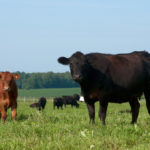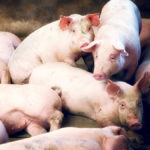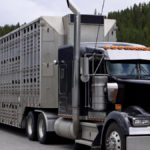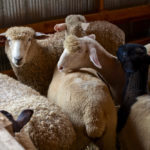
The uncertain future of dairy data governance
Farmers advised to ask questions when buying new technology

Public invited to experience new dairy barn
North Perth farmers plan two distinct new-construction open house events

North Bay beef processor targets halal market
Future plans include a federally inspected kill plant in province’s northeast

Ontario’s senecavirus outbreak in hogs differed from U.S.
Two southwestern Ontario sow barns were infected in June 2019

Trucking group still looking for clarification on new livestock transport rules
Latest changes need to be shared before February implementation: OLTA

Consumer concerns driving livestock production discussion
Working towards trouble-free animals are often areas farmers are already working to improve

Canadian Sheep Federation hosts the world
This year’s event in Saskatoon went well, so the Canadian Sheep Federation has been asked to host another one next year

Dairy-to-beef breeding reaches new levels
Genomics cited as key factor in boosting the dairy farming trend

OSCIA-supported trial examines no-till organic soybeans
Despite difficult spring, growers persist with planting into roller-crimped rye
Farm couple each head organic organizations
Gillian Flies takes over as president of Canadian Organic Growers


